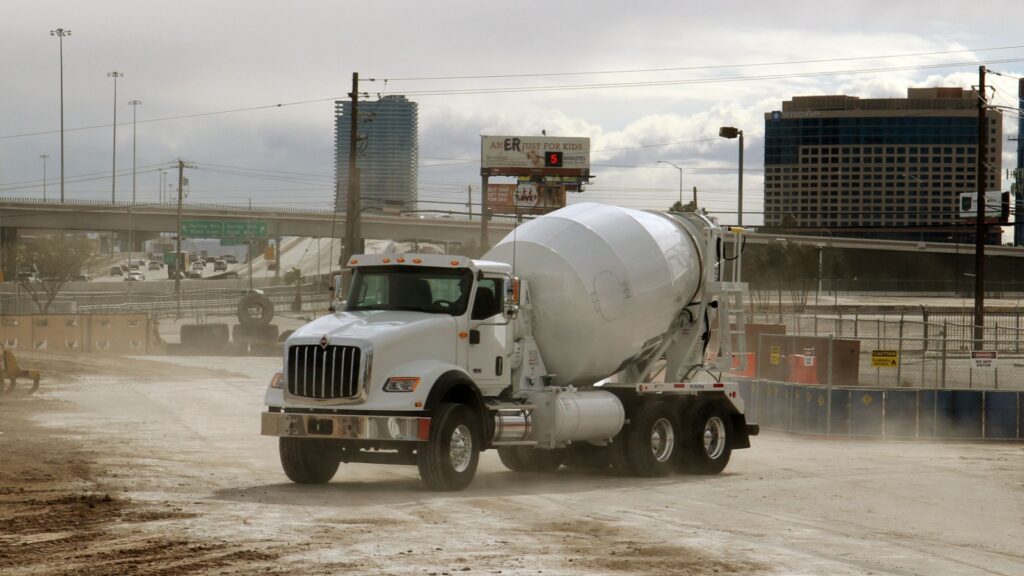While other nations brace against shifting tides, Canada is quietly constructing the framework for a forward-thinking, future-ready economy. From clean energy breakthroughs to next-gen digital infrastructure, the country is not clinging to the past, but engineering what’s next. Here are 23 proofs that Canada is building the economy of tomorrow:
Alberta’s Pivot to Hydrogen Energy
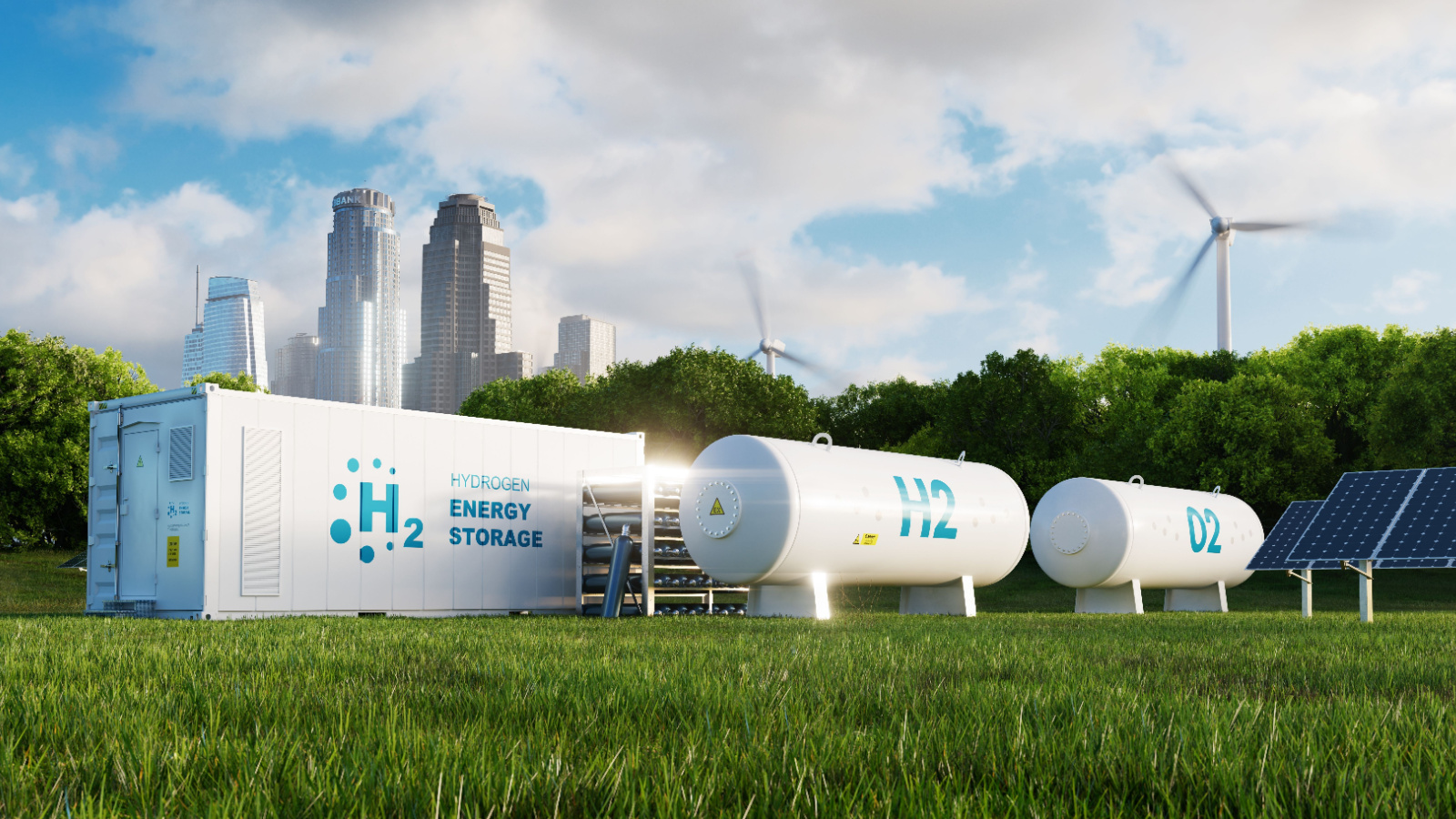
Once known solely for oil sands, Alberta is now investing billions into becoming a hydrogen hub. With government backing and private sector momentum, the province is exploring blue and green hydrogen as scalable, exportable alternatives to fossil fuels. Projects like Air Products’ $1.6 billion hydrogen plant in Edmonton are proof that the energy shift is more than political rhetoric, but it is an industrial reality. Alberta’s transition is also creating high-tech jobs, attracting global partners, and redefining what energy leadership looks like in a decarbonizing world.
Québec’s Battery Valley
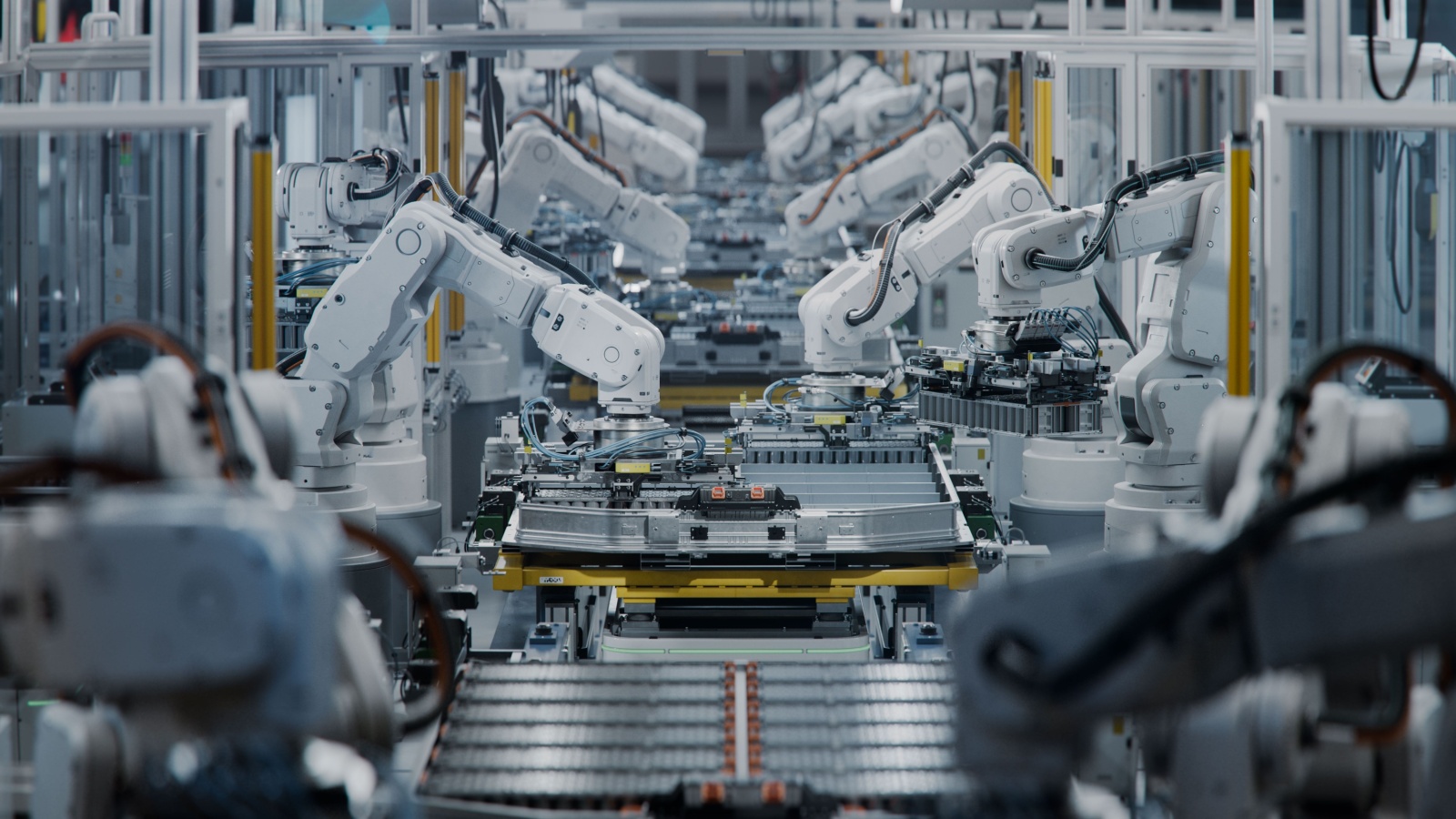
Québec is charging ahead with an ambitious vision to become North America’s battery capital. With an abundance of hydroelectric power and raw materials like lithium and graphite, the province is a natural fit. Investments in EV battery manufacturing, from companies like Northvolt and GM-Posco, are already reshaping towns like Bécancour. Training programs and infrastructure are rapidly aligning to meet demand, and while others dream of battery self-sufficiency, Québec is building it. The province is proving that green industrial policy, when backed by natural assets and political will, can power both climate goals and economic growth.
Vancouver’s Green Building Revolution

Vancouver is embedding sustainability in concrete and steel. As the city tightens its building codes, developers are racing to meet zero-emission standards using mass timber, passive design, and solar integration. Projects like the Earth Tower and Brock Commons Tallwood House are global models of what urban housing can look like in the climate era. More than just eco vanity projects, these buildings reduce emissions, create skilled jobs, and drive demand for local sustainable materials, while the city’s construction sector continues to prove that green innovation can scale and pay.
Saskatoon’s Rise as a Global AgTech Player
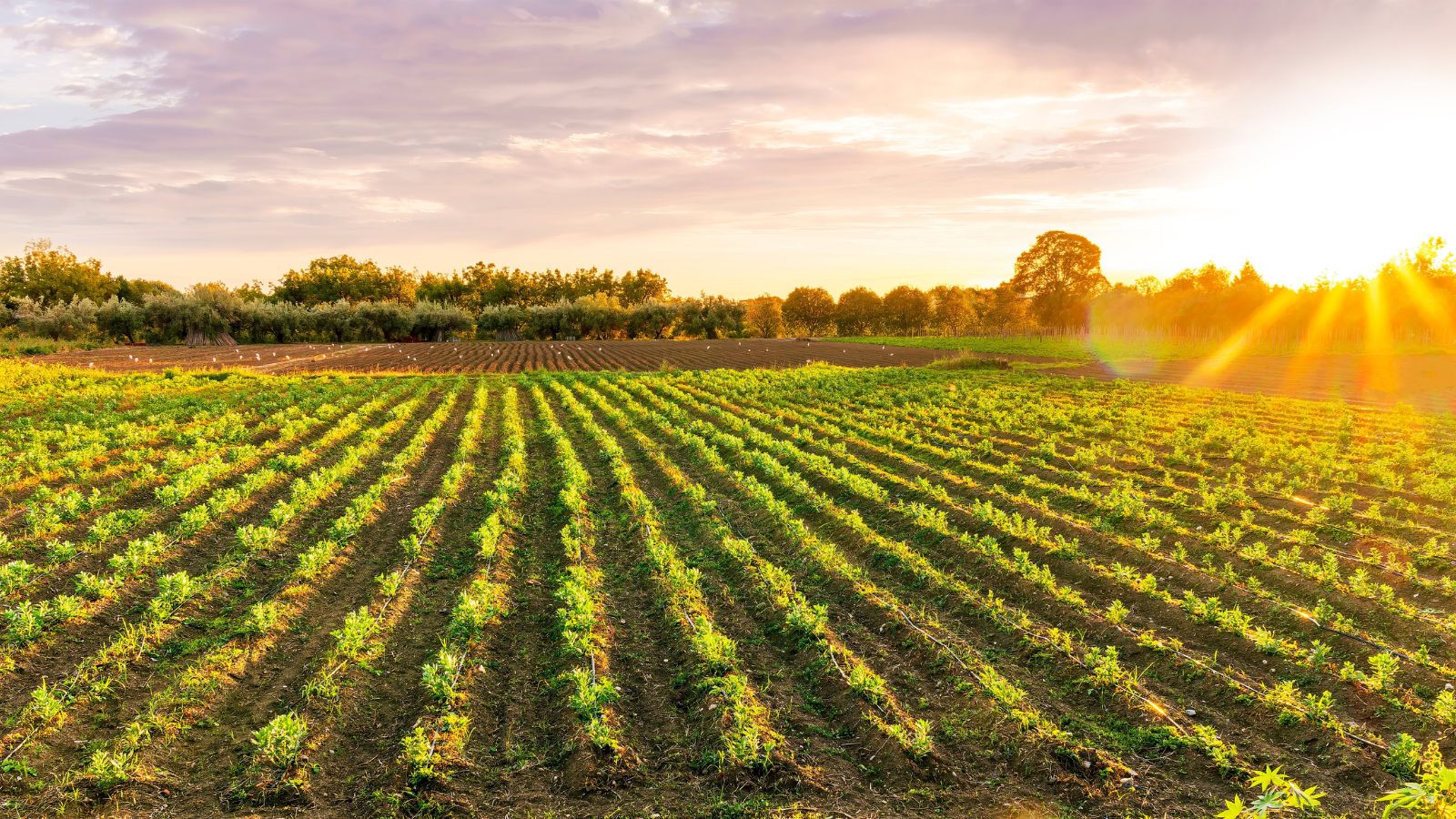
Saskatoon is quietly becoming a heavyweight in agricultural technology. With the Canadian Light Source and an ecosystem of research institutions and startups, the city is pushing the boundaries of crop genetics, precision farming, and sustainable inputs. Tech-driven tools are helping farmers reduce waste, monitor soil health, and increase yields, all while lowering emissions. Global food insecurity is rising, but Canada is exporting answers. While other regions depend on outdated techniques, Saskatoon’s AgTech sector is planting the seeds of a smarter, more resilient agricultural future.
Toronto’s Expanding Fintech Ecosystem

Toronto is Canada’s financial capital, but it is also becoming its innovation engine. Fintech startups like Wealthsimple, Koho, and Neo are revolutionizing how Canadians save, spend, and invest. Backed by leading AI labs and top-tier talent, these firms are bridging the gap between traditional banking and digital convenience. Regulatory frameworks are evolving in real time to support this new economy without stifling it. As finance becomes more personalized and decentralized, Toronto’s tech-finance hybrid sector is proving that Canada is adapting to the future of money and shaping it.
Winnipeg’s Manufacturing Tech Renaissance

Winnipeg is turning heads with a revitalized, tech-forward manufacturing sector. The city’s aerospace, agricultural, and transportation industries are adopting automation, robotics, and advanced materials to compete globally. Local institutions like Red River College are aligning training with new digital needs, ensuring a pipeline of talent for the transformation. Rather than shipping jobs overseas, Winnipeg is retooling its factories and investing in domestic innovation, and while some cities have let legacy industries fade, Winnipeg is proving that manufacturing can modernize and lead in the new economy.
Atlantic Canada’s Ocean Tech Surge

Atlantic Canada’s future is tied to its coast, and it is making waves globally in ocean tech. From autonomous underwater vehicles to marine sensors and aquaculture innovation, places like Halifax and St. John’s are becoming global centers for blue economy research and commercialization. Dalhousie University’s Ocean Frontier Institute and startups like Kraken Robotics are pushing boundaries beneath the surface. As climate change alters global fisheries and ocean shipping, the region’s expertise is becoming more valuable than ever, while Canada’s coasts are becoming visionary.
Montréal’s AI and Ethics Leadership

Home to one of the world’s top AI research ecosystems, Montréal is blending technical excellence with social conscience. With figures like Yoshua Bengio advocating for responsible AI, the city’s labs are developing cutting-edge algorithms and thinking through their consequences, and initiatives like the Montreal Declaration for Responsible AI are influencing policy globally. The city is home to a thriving startup scene and AI centers focused on healthcare, finance, and robotics. As the world grapples with AI risks, Montréal is proving that innovation and ethics can and must go hand in hand.
Northern Canada’s Indigenous-Led Innovation

In Canada’s North, Indigenous communities are leading the charge in renewable energy, sustainable housing, and circular economies. Projects like solar microgrids in Yukon or biomass systems in the Northwest Territories are community-driven, culturally grounded, and technically sophisticated. These solutions reduce reliance on diesel, cut costs, and create local jobs, all while respecting the land. Northern Canada is often portrayed as a place of need. Still, in reality, it is a frontier of Indigenous ingenuity, and as the world looks for models of resilient, community-based development, the North offers a powerful and practical blueprint.
Ontario’s Biomanufacturing Comeback

After years of relying on imports, Canada is rebuilding its capacity to produce critical pharmaceuticals and vaccines, and Ontario is leading the charge. With new facilities like Moderna’s mRNA plant in Laval and expansions from Sanofi and Resilience in the Toronto area, the province is becoming a North American biomanufacturing powerhouse. Supported by federal and provincial funding, these moves ensure long-term health security and create thousands of skilled jobs. Ontario is recovering from pandemic disruptions, and it is becoming a permanent player in the global life sciences supply chain.
Canada’s AI Regulation Framework is Becoming a Global Model

While much of the world debates how to regulate artificial intelligence, Canada is quietly moving forward with one of the most comprehensive AI governance strategies. The Artificial Intelligence and Data Act (AIDA), part of the federal government’s Digital Charter, places Canada at the forefront of ethical AI deployment. Unlike more reactive approaches elsewhere, Canada is proactively designing systems that prioritize transparency, accountability, and fairness. This measured approach is attracting trust from global investors, researchers, and developers, all eager to build in a country where innovation isn’t undermined by ethical uncertainty or regulatory chaos.
Calgary’s Clean Tech Boom Is No Longer a Secret
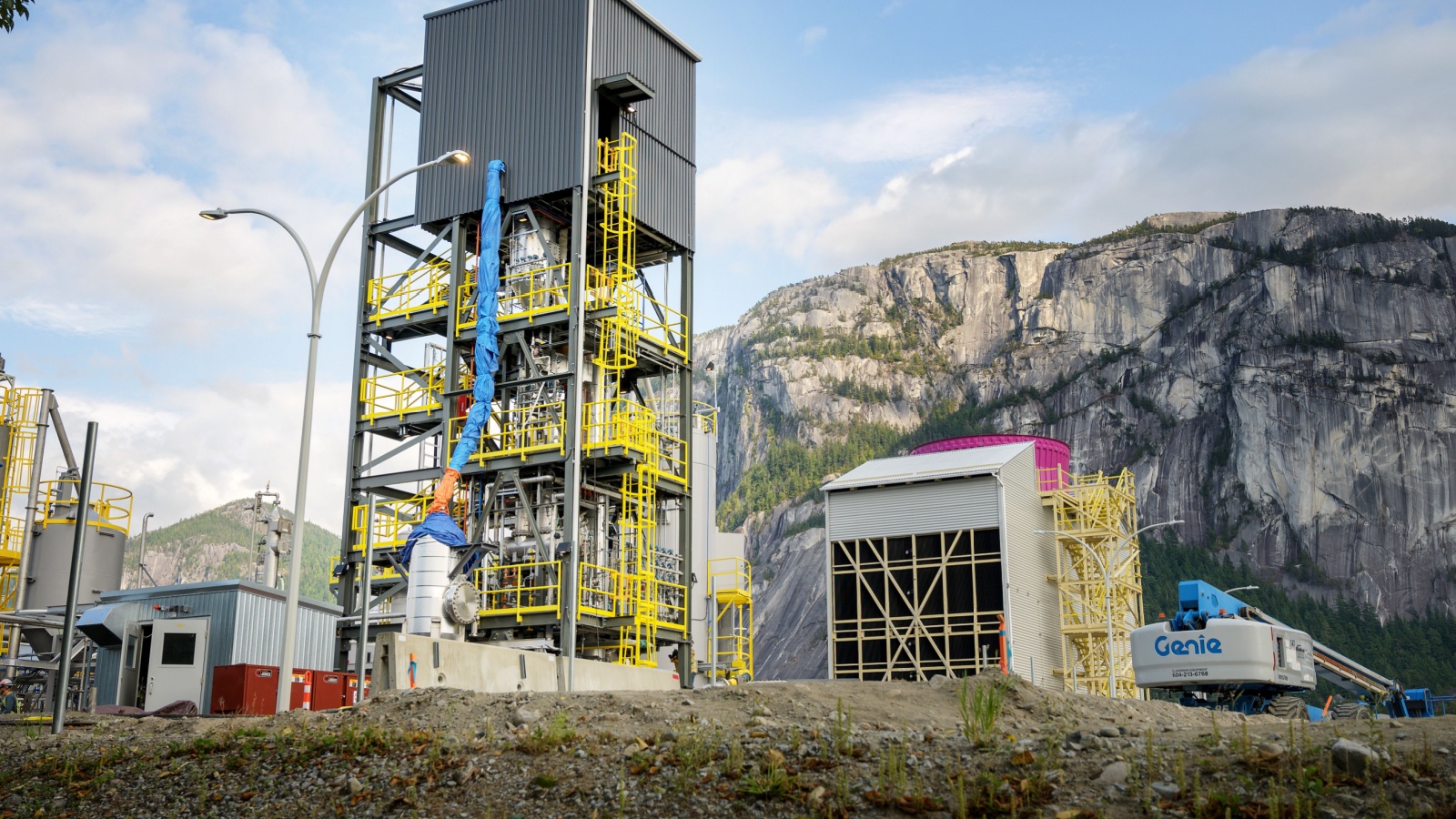
Once synonymous with oil and gas, Calgary is now one of Canada’s fastest-growing clean tech hubs. Startups and established players alike are innovating everything from hydrogen fuel systems to carbon capture technologies. The city’s Energy Transition Center and strong collaboration with post-secondary institutions like SAIT and the University of Calgary are helping re-skill workers for green jobs. With global energy firms taking notice and investments pouring in, Calgary is showing how fossil fuel cities can transition into future-ready powerhouses, without leaving communities or expertise behind.
Canada’s Life Sciences Sector Is Accelerating Global Health Innovation

With hubs in Toronto, Montréal, and Vancouver, Canada’s life sciences industry is turning heads globally. Companies like AbCellera and Medicago are pioneering treatments and vaccines that address everything from COVID variants to cancer. Federal investments and streamlined research approval processes are allowing Canadian labs to accelerate clinical trials and bring innovations to market faster than ever. This sector is also fueling high-skill job creation and attracting international pharma partnerships, and as global health becomes a top priority, Canada’s biotech and life sciences ecosystem is emerging as a vital player on the global stage.
Canadian Clean Tech Startups Are Solving Global Emissions Challenges
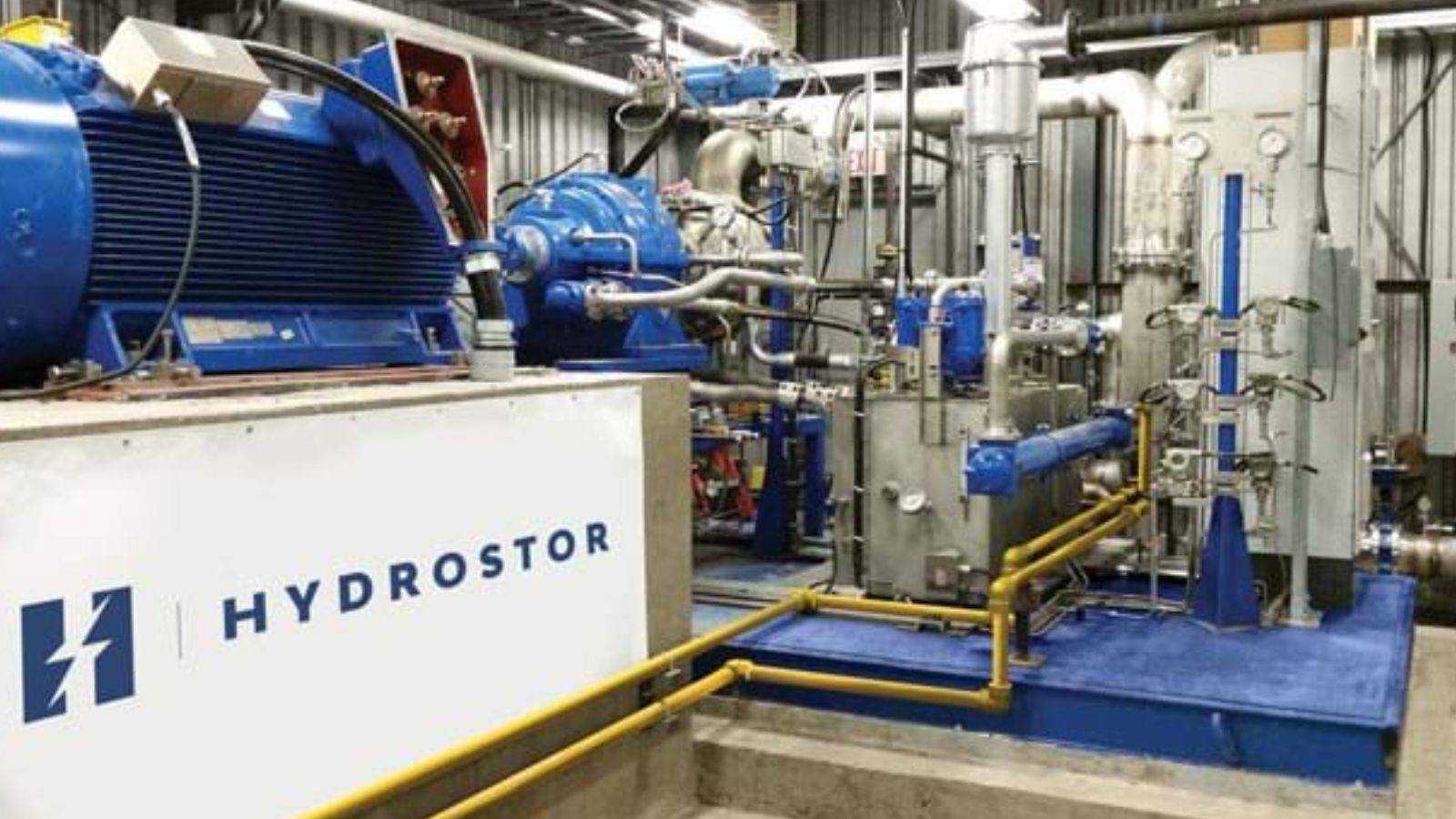
Startups across Canada are punching well above their weight in tackling some of the planet’s biggest climate problems. Companies like CarbonCure (Halifax), Svante (Burnaby), and Hydrostor (Toronto) are developing carbon capture, long-duration energy storage, and sustainable concrete technologies that have global applications. Backed by programs like Sustainable Development Technology Canada, these ventures are scaling quickly while keeping R&D and talent local. Canadian cleantech is proving that big solutions don’t always come from big nations. Sometimes, they come from focused, well-supported innovation ecosystems with a clear eye on the future of the planet.
Canada’s Immigration System Is Powering Economic Innovation

While some nations turn inward, Canada continues to welcome skilled immigrants, and it is paying off economically. Tech sectors in cities like Vancouver, Toronto, and Waterloo are fueled by international talent, much of it arriving through streamlined programs like the Global Talent Stream. Canada’s points-based immigration system ensures new arrivals match labor market needs, helping fill vital roles in healthcare, engineering, AI, and biotech. As demographic shifts challenge global productivity, Canada’s inclusive, future-focused immigration model is helping it stay competitive, innovative, and socially cohesive in the face of global labor shortages.
Quebec’s Battery Valley Is No Longer Just Ambition
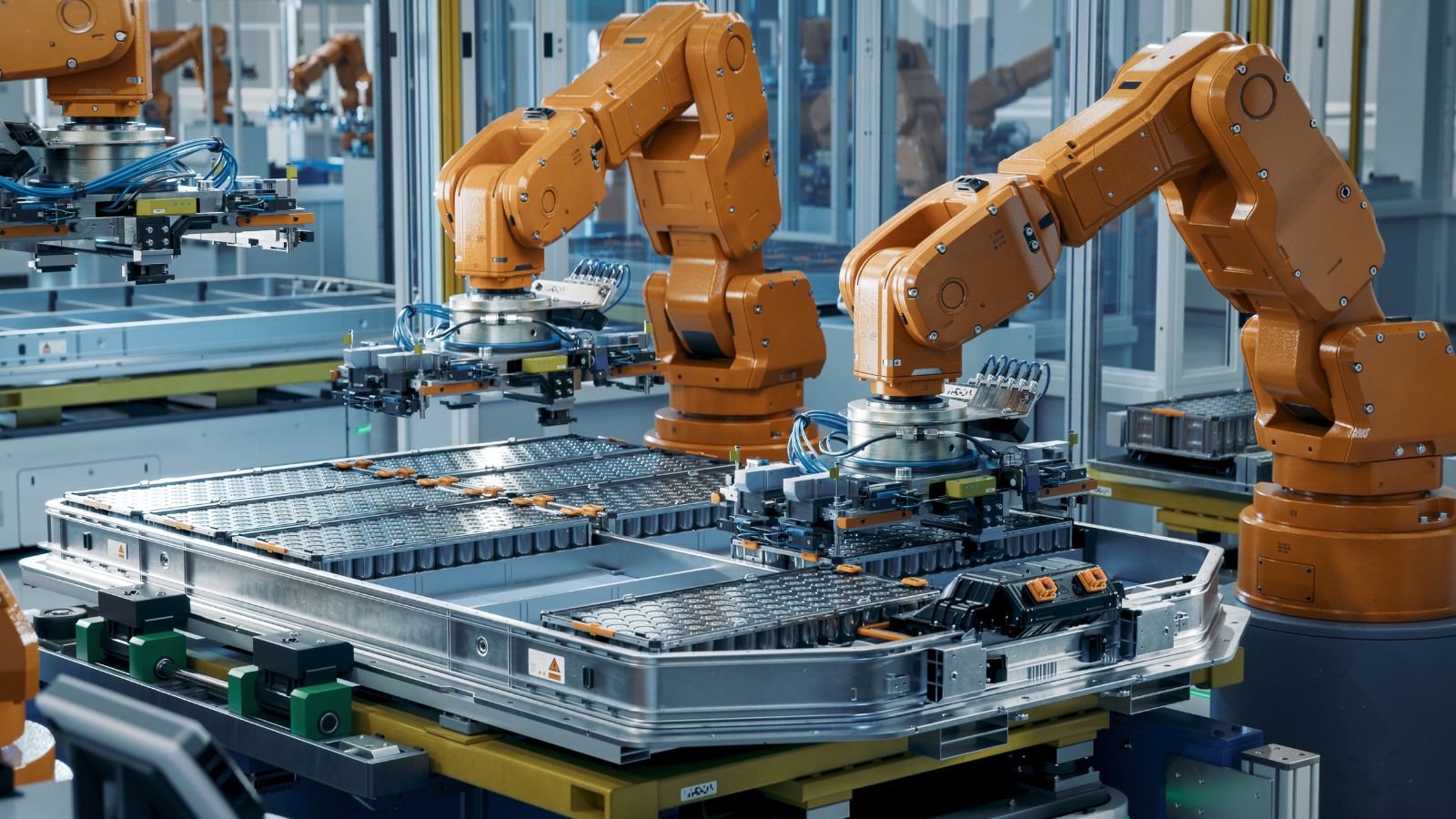
Once just a regional dream, Quebec’s Battery Valley is rapidly becoming a reality. With its abundant hydroelectric power, rich lithium deposits, and strong political support, the province is developing a full supply chain for electric vehicle batteries, from mining to recycling. Companies like Northvolt and Nemaska Lithium are building major facilities that will serve both North American and global markets. The industry is already creating high-paying jobs in regions that once struggled with industrial decline, and as EV demand surges, Quebec is proving that sustainable energy economies can flourish in Canada.
Indigenous-Led Enterprises Are Redefining Economic Growth
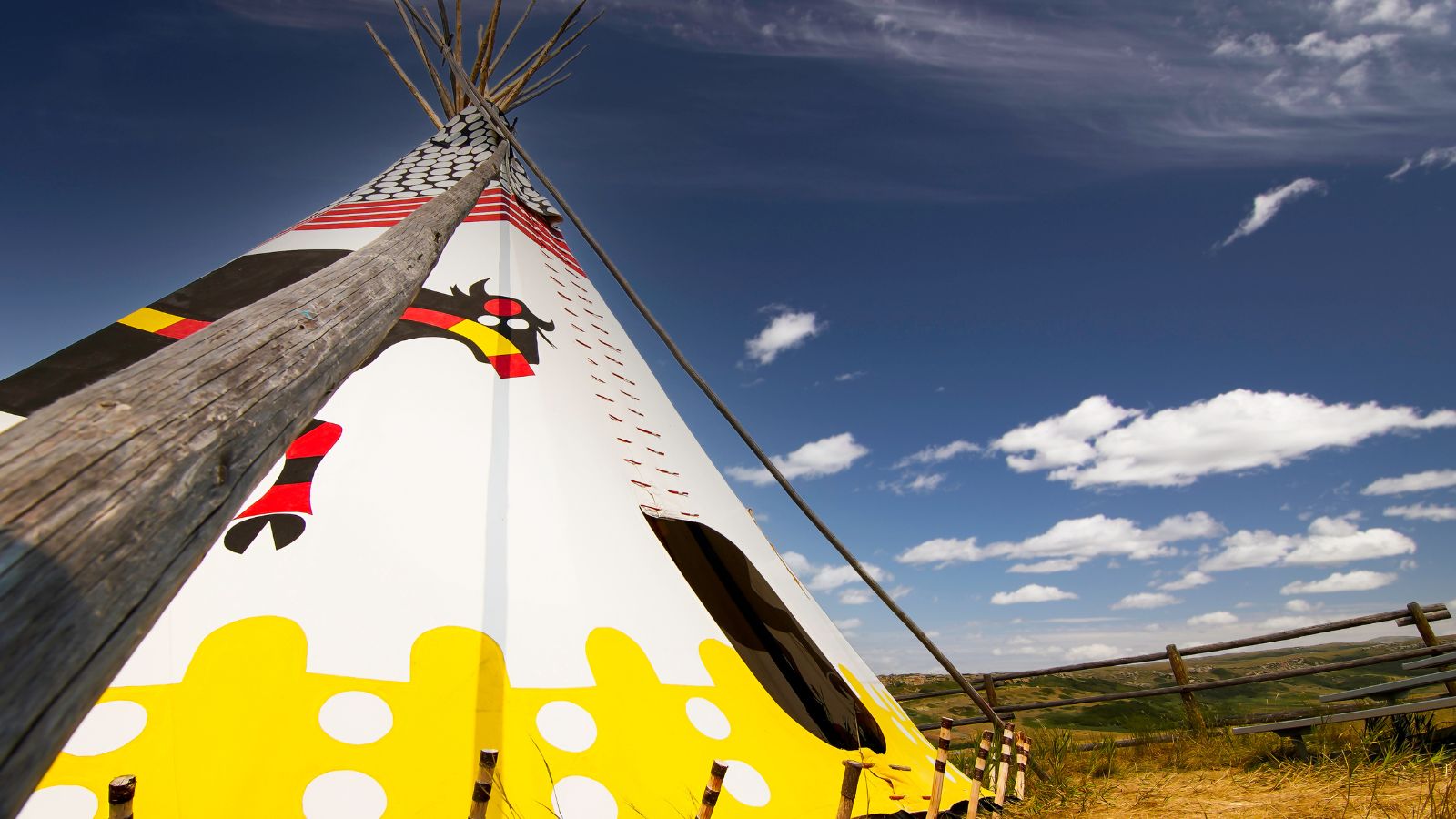
Across Canada, Indigenous-owned businesses are thriving and reshaping what sustainable, community-rooted development looks like. From clean energy projects in British Columbia to fisheries and tourism ventures in the North, Indigenous leaders are creating jobs while protecting cultural and ecological integrity. Programs like the Indigenous Growth Fund and partnerships with organizations like the National Aboriginal Capital Corporations Association are helping to unlock access to capital. These enterprises are proving that economic prosperity and reconciliation can go hand in hand, offering the world a model for inclusive, regenerative growth in the 21st century.
Montreal’s Quantum Leap

Home to the world-class Institut Quantique and a hub for advanced AI, Montreal is carving a niche in the rapidly growing field of quantum technology. By merging quantum physics and computer science, the city is attracting billions in research and private investment, and this leap lays the groundwork for breakthroughs in drug discovery, cryptography, and next-generation materials. With Canada’s long-term commitment to quantum research, Montreal is poised to become a global epicenter of a sector expected to redefine computing and the digital economy.
Saskatchewan’s Rare Earth Potential
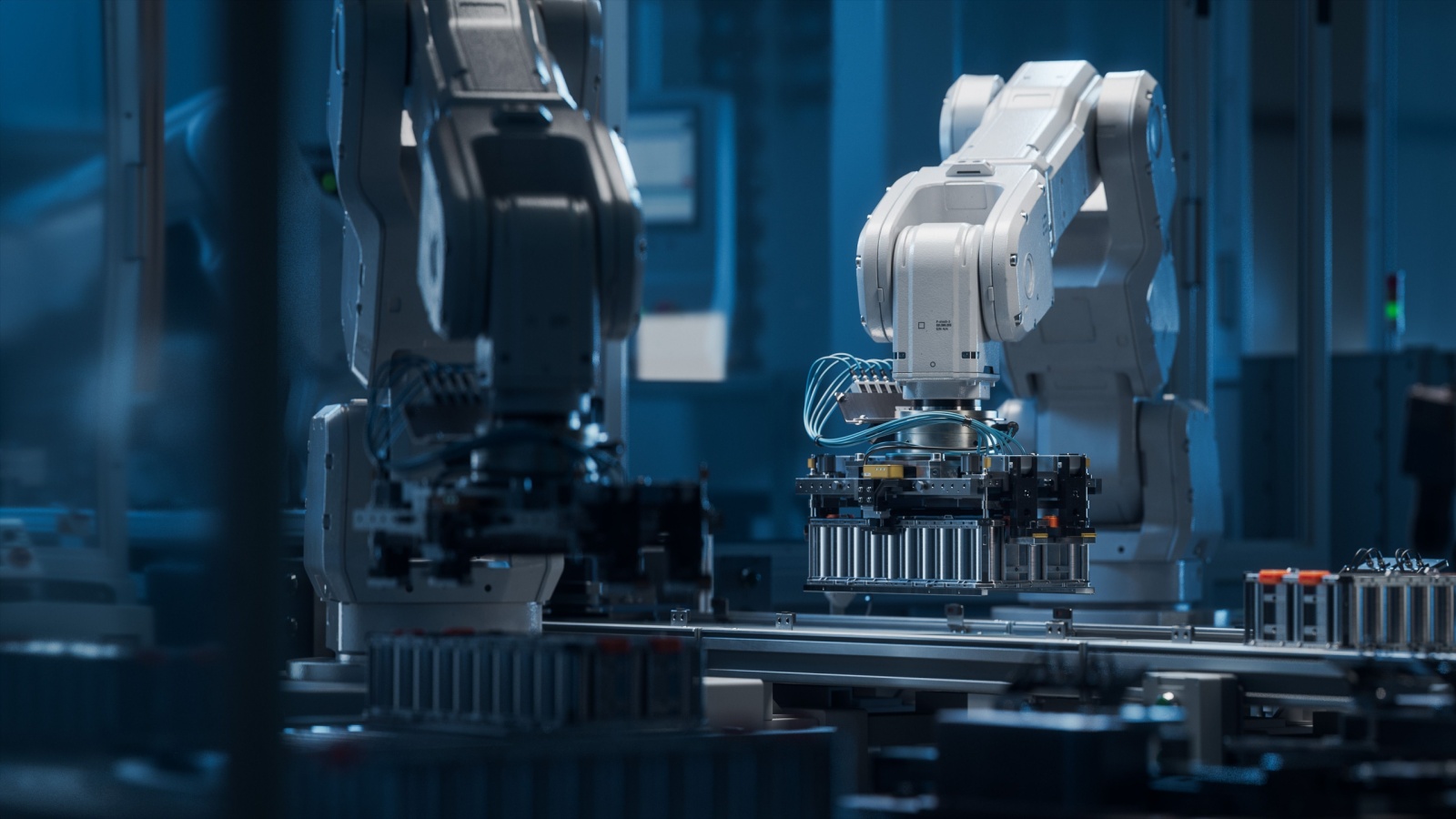
While often overshadowed by oil and agriculture, Saskatchewan is quietly positioning itself as a key player in the rare earth elements (REE) market. These minerals, which are crucial to manufacturing EVs, wind turbines, and military tech, are primarily sourced from China. But Canada’s rich reserves, particularly in Saskatchewan, offer a strategic alternative. The province’s first REE processing facility is already operational, signaling a new era in mineral independence. If scaled effectively, this could shift global supply chains and secure Canada’s role in the green energy transition.
Alberta’s Agritech Disruption

Alberta’s legacy in farming is colliding with the digital age as agritech booms across the province. From AI-driven soil diagnostics to autonomous tractors and blockchain-based food traceability, Alberta’s agriculture sector is becoming a testbed for smart farming solutions. Calgary and Edmonton startups are drawing investor interest from around the globe, proving that innovation isn’t limited to traditional tech hubs, and with climate change putting pressure on food systems, Alberta’s advancements offer sustainable, high-efficiency models the rest of the world may soon follow.
Ontario’s Battery Supply Chain Ambitions
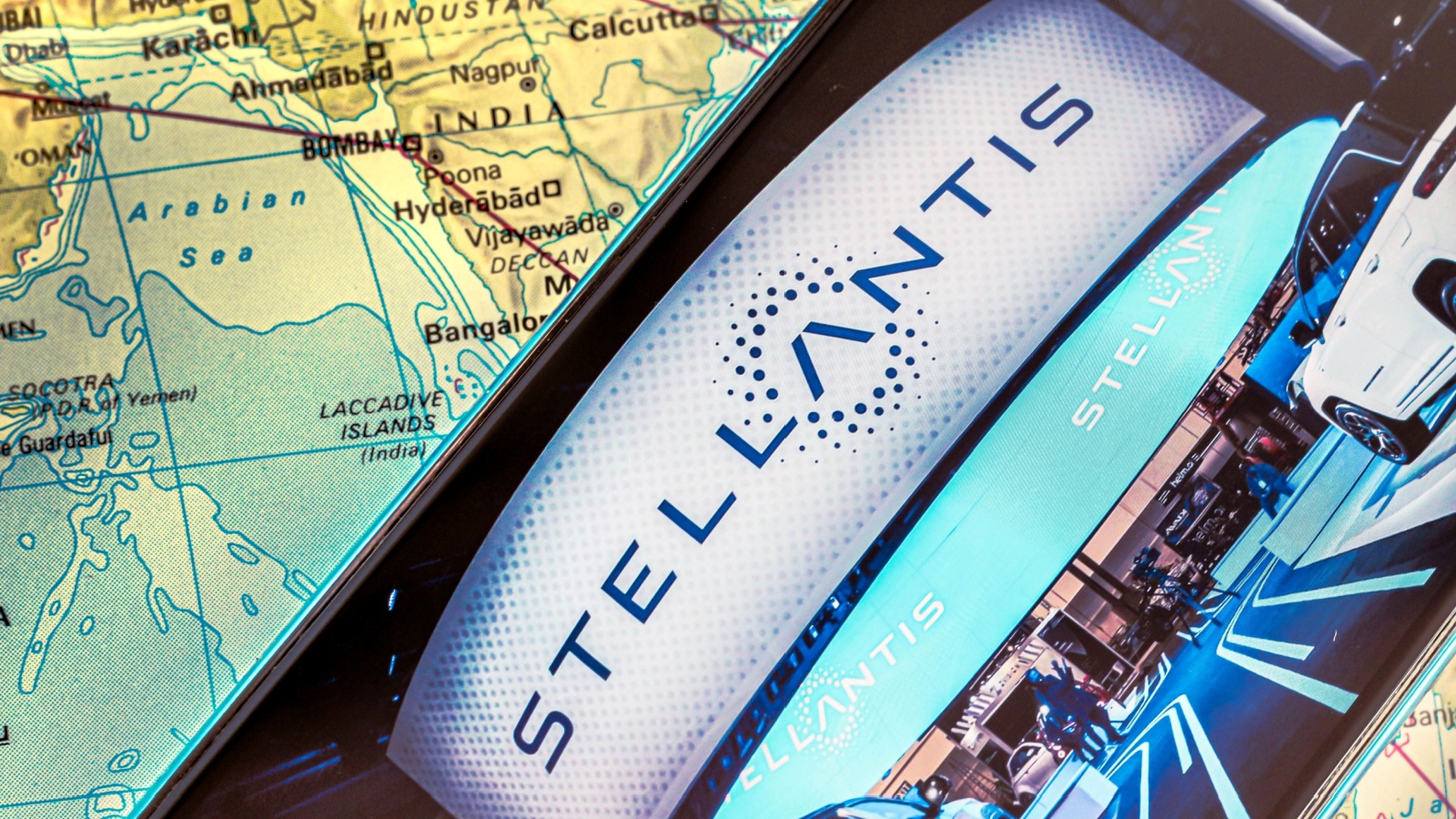
Ontario is building out an end-to-end battery supply chain, from mineral extraction in the north to EV battery manufacturing in the south. With multi-billion-dollar investments from automakers like Stellantis and Volkswagen, and critical mineral partnerships with Indigenous communities, Ontario is positioning itself as North America’s battery heartland. The goal isn’t just to serve domestic EV demand, but to become an export powerhouse, and this strategy places Canada at the center of a crucial 21st-century industry while providing thousands of future-proof jobs.
Canada’s Space Economy is Taking Off

Canada is no longer just a passenger in space innovation, as it is aiming to be a leader. With private firms like MDA building robotic arms for NASA and the Canadian Space Agency supporting lunar exploration, the country is scaling its space economy. Satellite companies such as NorthStar Earth & Space are tackling climate monitoring and space debris tracking, showing how aerospace can solve terrestrial problems. As space tech becomes increasingly commercial, Canada’s early investments are turning into long-term dividends and global influence.
Clean Cement Innovation in Nova Scotia
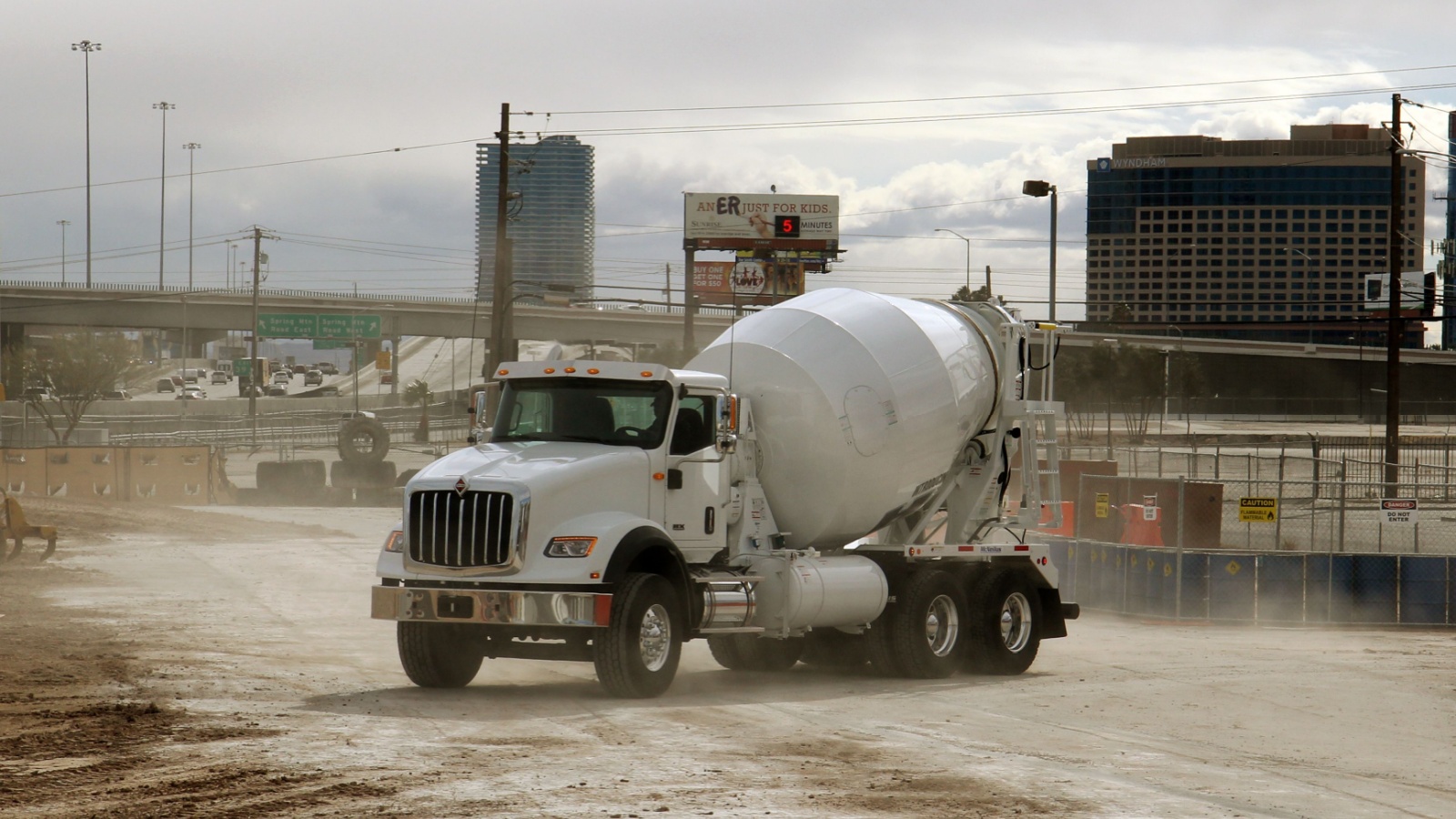
Cement is one of the world’s biggest carbon offenders, but a Nova Scotia-based company, CarbonCure, is changing that. Their technology injects captured CO₂ into concrete, where it becomes permanently mineralized, actually making the concrete stronger. The innovation has already been adopted in over 30 countries and is being used in everything from sidewalks to skyscrapers. With global construction showing no signs of slowing, CarbonCure’s model proves how Canada can export practical, scalable solutions for decarbonization while building a resilient green economy at home.
21 Products Canadians Should Stockpile Before Tariffs Hit

If trade tensions escalate between Canada and the U.S., everyday essentials can suddenly disappear or skyrocket in price. Products like pantry basics and tech must-haves that depend on are deeply tied to cross-border supply chains and are likely to face various kinds of disruptions
21 Products Canadians Should Stockpile Before Tariffs Hit
